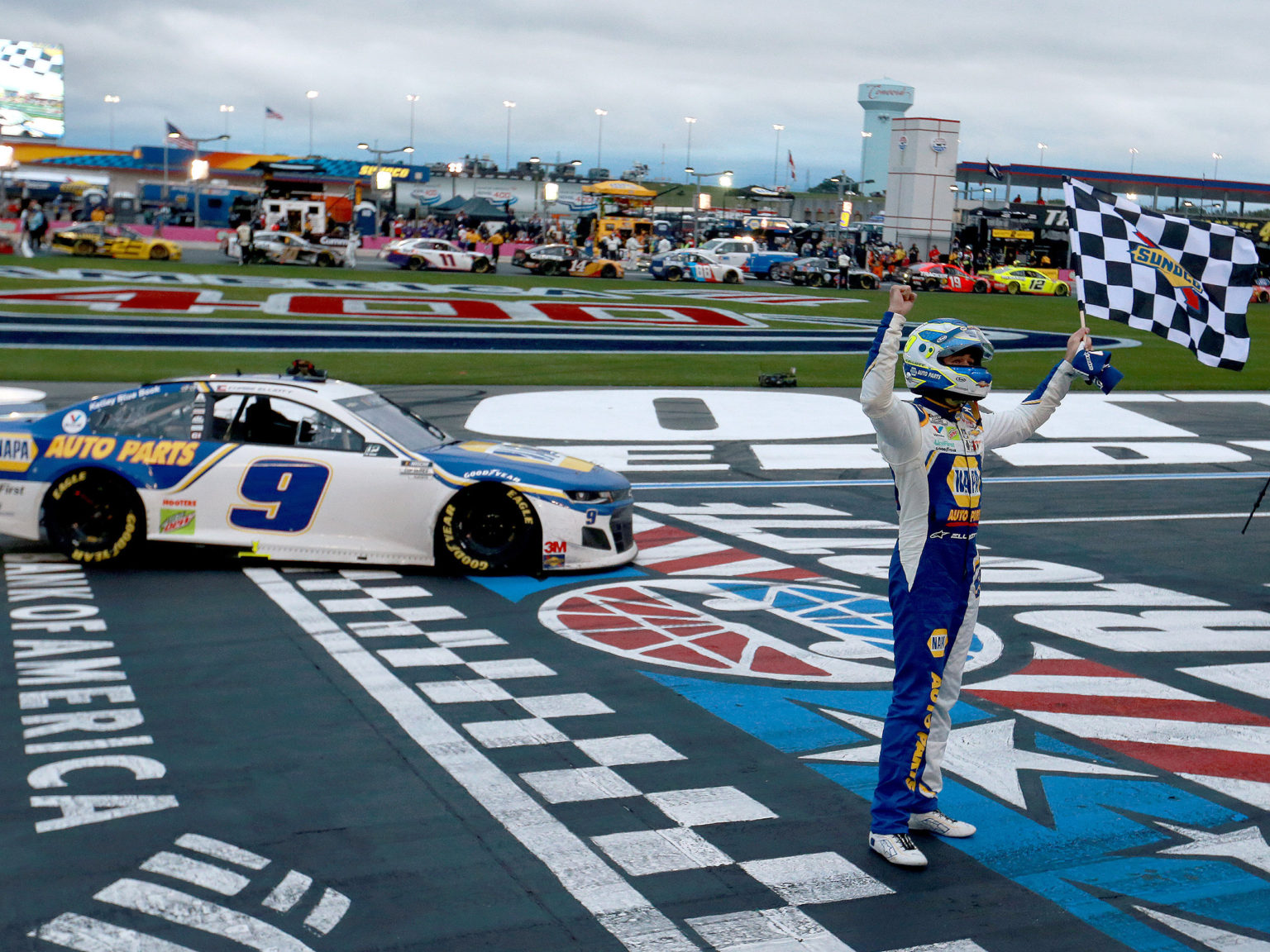Chase Elliot drives the No. 9 Chevrolet Camaro ZL1 1LE for Hendrick Motorsports. Antonio Garcia and Jordan Taylor drive Chevrolet Corvette C8.Rs in the IMSA WeatherTech SportsCar Championship. Their wins this weekend at Charlotte Motor Speedway were, at least in part, to the 3D printing technology that General Motors has been innovating over the last few years.
This season, the Corvette C8.R, IndyCar, NASCAR Camaro and Silverado race teams have accumulated more than 80,000 miles of competition in vehicles built with 3D-printed parts.
Victory at the Roval and win #5 on the year! An absolutely crazy race, but perfect execution by the team and a flawless drive by @AntonioGarcia_3 . Glad to see @TommyMilner was ok as well. Onto Petit Le Mans next week! (Photos: Richard Prince) pic.twitter.com/XX5LTimJR6
— Jordan Taylor (@jordan10taylor) October 11, 2020
“Chevrolet has a long history of technology transfer between our motorsports and production teams, and this is a perfect example of our approach,” said Jim Campbell, GM U.S. vice president of Performance and Motorsports. “GM’s 3D-printing capability speeds up our learning cycles and, in turn, these racetrack experiences help our additive manufacturing team move one step closer to using 3D-printed parts in production vehicles.”
Earlier this year, two Corvette race cars, both C8.Rs, debuted at the Rolex 24 at Daytona, each equipped with 75 3D-printed parts. Among those parts are an oil tank, tank inlet and cap, air conditioning driver cooling box and integrated hydration system, power steering pump bracket and headlight assemblies. Since then, the C8.Rs have accumulated nearly 8,000 miles of competition in seven races.
The Chevrolet IndyCar V6 exhaust system is 3D printed, which has allowed the company to eliminate failure points and increase design freedom while reducing costs. Chevrolet IndyCar engines have run over 60,000 miles since the season kicked off at Genesys 300 at Texas Motor Speedway in June.
Another great weekend for @CorvetteRacing and the C8.R. pic.twitter.com/hqhMAU0T58
— Jordan Taylor (@jordan10taylor) August 3, 2020
The Silverado off-road race truck debuted at the Best in the Desert Method Race Wheels Laughlin Desert Classic in October 2019. The Silverado competes in the 1200 Stock class, which limits changes to suspension, underbody and installation of race-safety equipment. The truck’s rear damper shield is made of carbon-fiber reinforced plastic protects the rear dampers. It’s made in-house by General Motors. Since its debut, the Silverado race truck has accumulated 900 miles of competition in six races.
Chevrolet engineers have optimized the aerodynamic performance of their NASCAR model using full-scale wind-tunnel testing. Oover 500 3D-printed prototype parts were used in testing to develop the ZL1 1LE body, which is new for this year. The Camaro ZL1 1LE is equipped with a 3D-printed gear cooling duct, which has accumulated nearly 18,500 miles of competition in 27 races.
“By utilizing 3D-printed parts, Chevrolet Motorsports is demonstrating the many benefits of additive manufacturing, including manufacturing efficiencies, mass reduction, parts consolidation, creativity and cost savings,” said Audley Brown, GM director, Materials Engineering, Additive Design and Manufacturing. “3D-printed parts can offer equal strength and durability to cast or milled components, which is critical for product development and design.”








